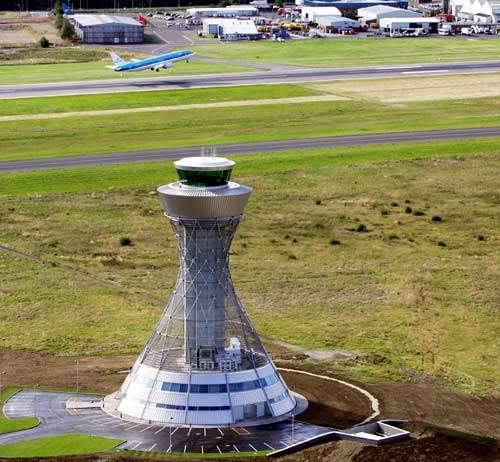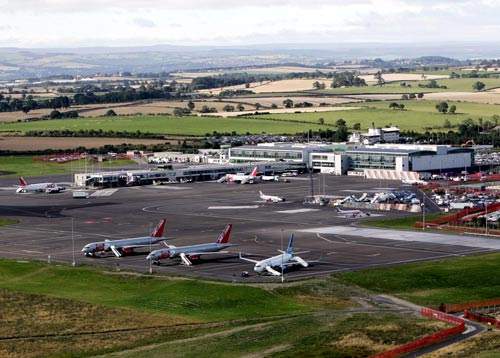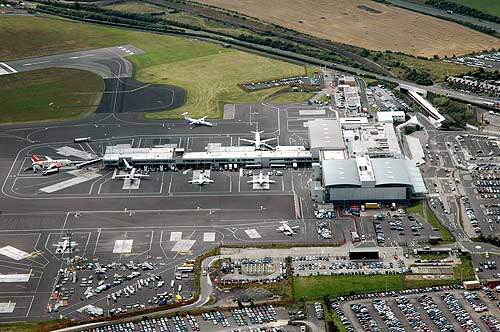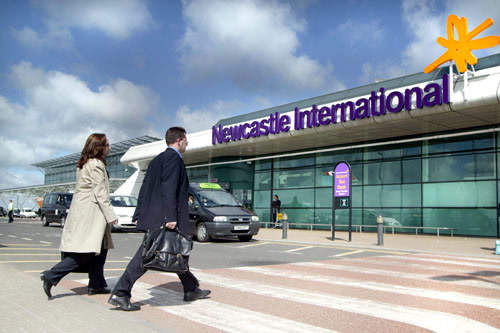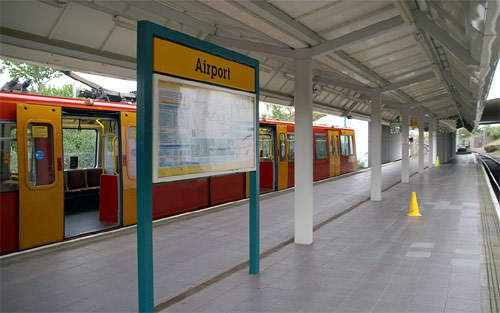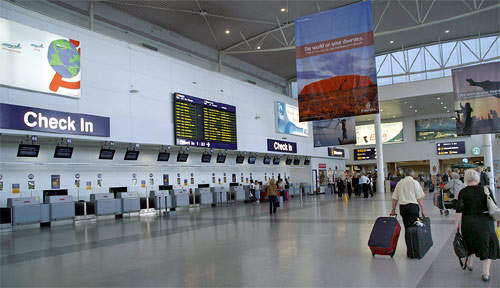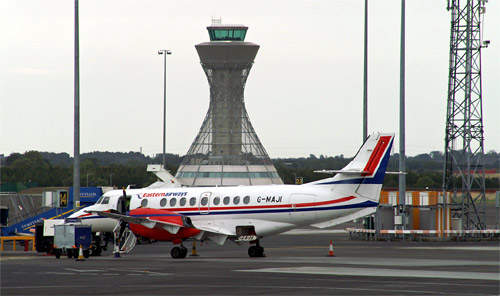Newcastle International Airport (NCL – IATA; EGNT – ICAO) is the largest airport in the north-east of England and the tenth largest airport in the UK. Opened in 1935, the airport is located six miles (9.6km) north-west of Newcastle upon Tyne and is owned by seven local authorities (51%) and Copenhagen Airport (49%).
The airport handled passenger traffic of 4.5m in 2009 and is expected to handle 10m passengers by 2016.
Airport expansion
To meet the growth in passenger traffic the airport is undergoing an expansion plan that includes the addition of a new air traffic control tower and a range of improved passenger facilities. Emirates Airlines began a daily A330 to Dubai from Newcastle in September 2007 that was, by January 2008, exceeding projected loadings. The airport’s single 7,641ft (2,329m) asphalt-paved runway may be extended.
The expansion created more than 500 jobs during construction and is expected to create 3,500 jobs at the airport over the next decade, effectively doubling the work force.
Around £70m is being invested in the airport during the current development period, which runs from 2006 to 2016.
Airport features
Since 1991 the airport has been served by the Tyne and Wear Metro, with the station connected by a walkway to the terminal. On the ‘Green Line’ Sunderland service, it provides a 12-minute interval 22-minute service to the city centre and the heavy rail interchange at Newcastle Central.
A £7m terminal extension design was unveiled in August 2004. The extension added an additional 3,000m² of space to the terminal building and doubles the size of the departure lounge, with a floor to ceiling glazed frontage giving travellers uninterrupted views of the runway.
The south side area was expanded with improved maintenance facilities including a new hangar and apron area big enough for three Boeing 737 jets. There will also be an extension to the airport’s freight-handling capacity, including warehouses and apron areas.
Feasibility studies were carried out to evaluate long-term proposals, including extending the runway at its eastern-most end, converting the junction with the A696 into a grade-separated junction to cater for expected traffic increases and the building of a heavy rail link to connect the airport with the National Rail network.
Other features of the new development include a table service restaurant, a 24-hour filling station and a £1.5m tax and duty free area. A £22m, four-star, 187-bedroom Ramada hotel is expected to open in late 2010.
Air traffic control tower
In November 2005 the airport announced they would build a new air traffic control tower on the north side of the airport.
Work commenced in May 2006 and was completed by September 2007 at a cost of £8.2m.
REID architecture designed the tower after winning an industry-wide competition, with structural and engineering work completed by Arup and construction work undertaken by Sir Robert McAlpine. The design of the new 45m tower uses a twisting latticework structure and concave sides.
National Air Traffic Services then completed the installation of the latest air traffic technology, making it one of the most technologically advanced control towers in the UK.
The tower has been fully operational since October 2007, after a period of controller training. Under a sponsorship deal, the building has been designated the Newcastle Emirates Tower. The old tower is being retained as a standby facility.
For Newcastle International’s head of operations Chris Davis, the project marks a major development for air traffic and the airport as a whole. “The new tower is vital to support the airport’s continued growth. It has been completed within 15 months to the highest standards of design and innovation. The tower is technically innovative and incredibly efficient, rivalling those of major airports across the world,” he says.

